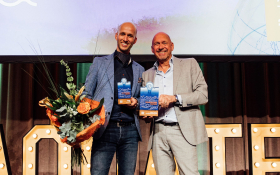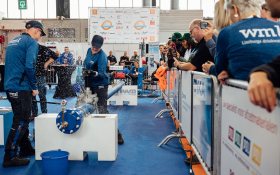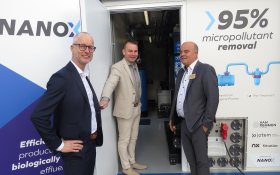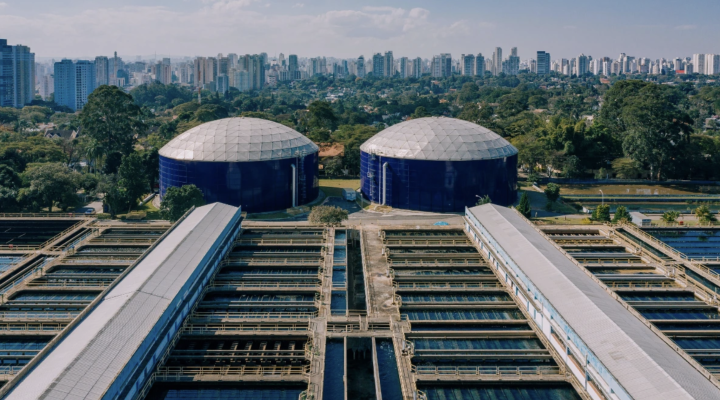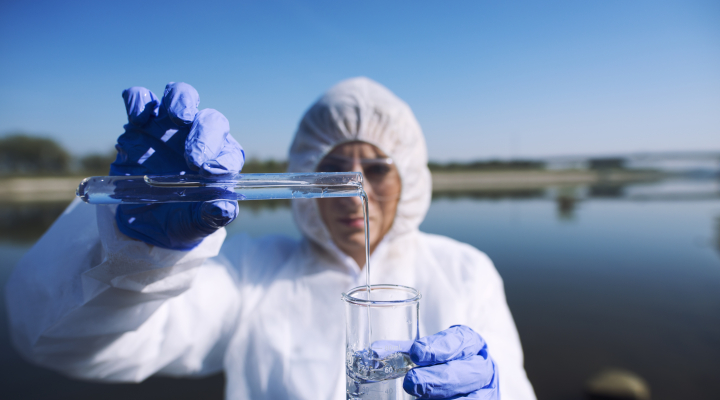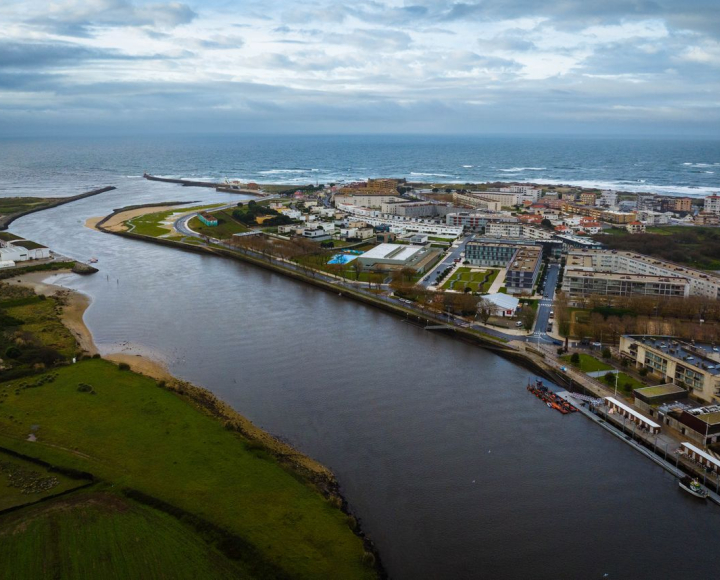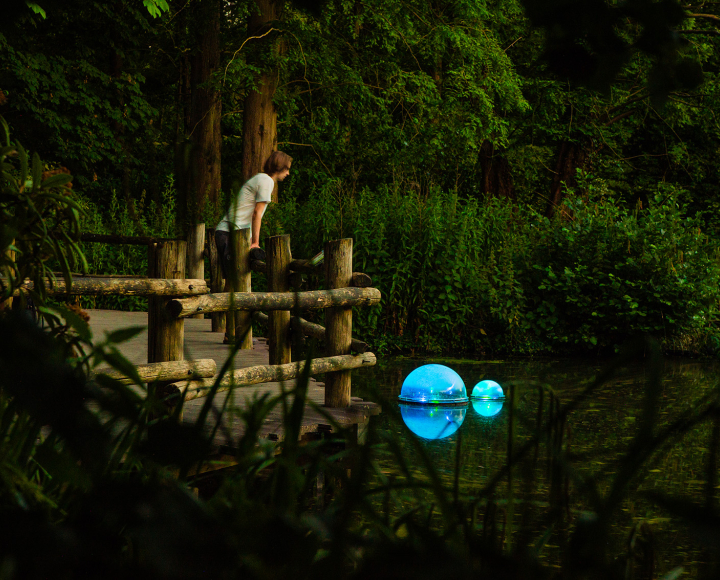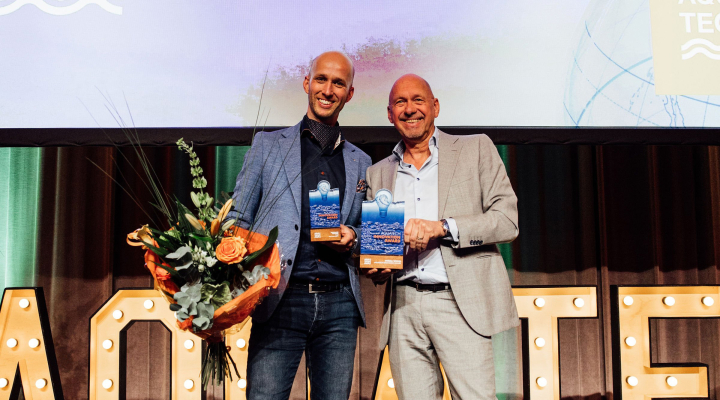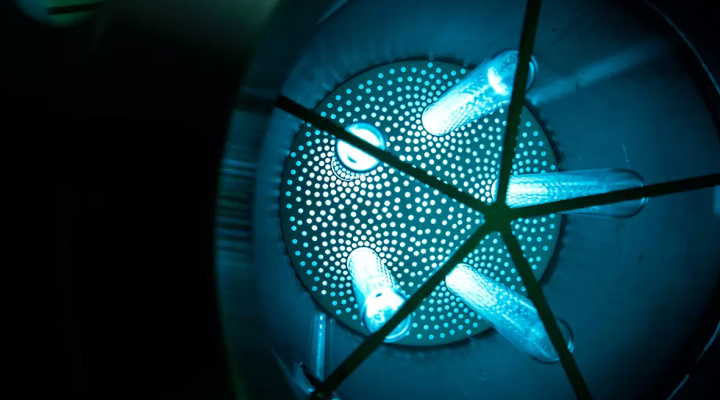Aquatech: The final barrier for micropollutants in waste water
Residual micropollutants at waste water treatment plants are still a major obstacle for re-use of effluent. The development of new technologies is in full swing, as was shown at the Aquatech Amsterdam trade show from 2-5 November.
Exhibitor NX Filtration showed that its nanomembrane filter can be used as a hard barrier for the removal of micropollutants, PFAS, nano-plastic particles and antibiotic-resistant bacteria, all in one step.
Low-carbon water treatment
Water re-use without increasing the carbon footprint is a daunting challenge for the water sector. The demand for innovative treatment technologies that meets both criteria was a focal point at the 2021-edition of Aquatech Amsterdam 2021.
One of the conferences during the trade fair addressed the removal of micropollutants from waste water. Organised by the Dutch Foundation for Applied Water Research (STOWA), experts discussed the latest technologies used in Europe to remove micropollutants from wwtp-effluent.
Removal of medicine residues
The experts shared their views on the growing elderly population that uses more medication resulting in more residue ending up in surface waters. Current activated sludge technologies at municipal waste treatment plants block only 50 percent of those residues on average.
There are no legal discharge restrictions for medical residues in the European Union, but countries as Switzerland, Germany and the Netherlands, took a lead in adding additional treatment technologies to their wwtp-plants, including advanced oxidation and activated carbon.
The conference made clear that the lack of European discharge standards makes it difficult for utilities to select the best technology. Emerging from all the pilots and full scale plants in the three countries, is the ability to remove 80 percent of some 11 substances that are linked to persistent medical residues.
One step beyond
Dutch water technology supplier NX Filtration took one step beyond and offers a nanomembrane as a physical barrier to all micropollutants. The technology is already deployed around the world and now, specifically for effluent polishing, being piloted at a Dutch wwtp, in combination with an additional UV-reactor. The company showed its innovation at the Aquatech Amsterdam trade show.
‘It is a one-step treatment that uses up to 70 percent less energy compared to classical membrane solutions, such as the combination of ultrafiltration and reversed osmosis’, explains Erik Roesink, Chief Technology Officer of NX Filtration. At the hearth of the new technology is the hollow-fiber direct nanofiltration system that does not trap solids as in traditional dead-end membranes.
According to Roesink the nanomembranes therefore do not require pre-treatment chemicals and they can be operated several days up to a week without cleaning, leading to less use of chemicals in operation. ‘One cubic meter of the water we treat with our nanomembranes is roughly five times less in gram equivalent of CO2 than, for instance, Granular Activated Carbon for removal of micropollutants’’, he claims.
The combination of nanomembrane filtration and UV-oxidation comes at a price compared with advanced oxidation or the use of activated carbon. The benefit is that it produces a high-quality fresh water flow that can fully compete with existing water supplies to industries and it can even be used at potable water. The created concentration stream from the nanomembranes can go back into the wwtp.




